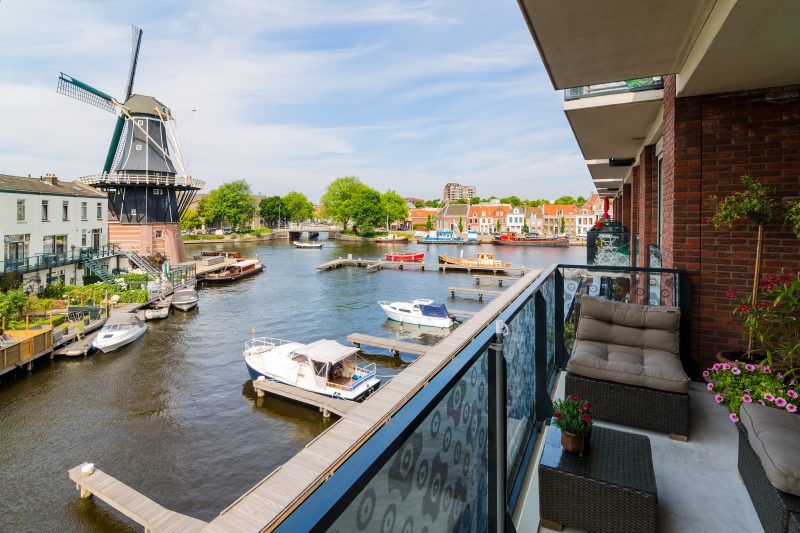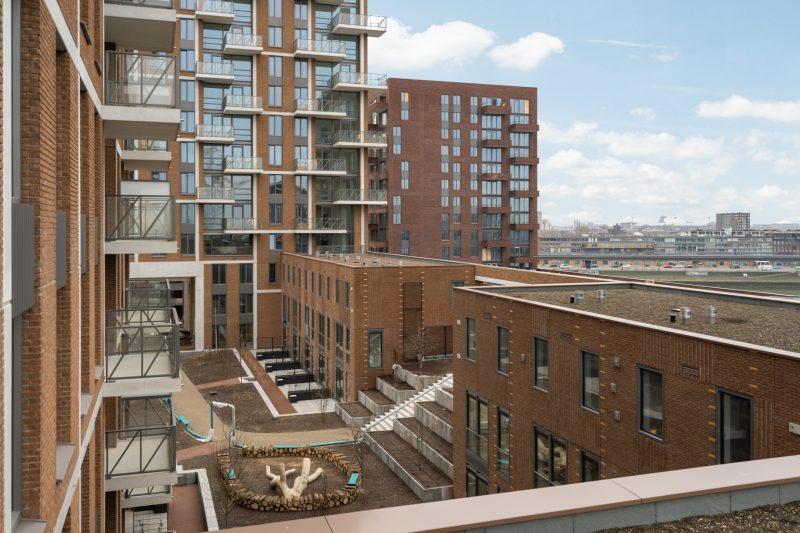more Residential
Forecast
There are important developments in the Netherlands that make the housing market interesting. Not only as an investment, but also in terms of living environment and quality of life.
More people are living in urban environments and in single-person households than ever before, from young people to the elderly. Businesses are also flocking to cities in great numbers with some grouped together in thematic clusters.
The population is still growing and the number of households continues to rise. Demographic developments lead to increasing urban development, resulting in a housing demand that cannot be met by the current housing stock. There are simply not enough available rental homes in these areas and not everyone is able or willing to buy a home. In addition, access to rent-regulated or subsidized social housing is intended for people with an income of up to EUR 35,500 gross per year.
In the cities where demand is concentrated, there is a clear lack of private sector rental homes. As a result of the recent crisis, there was a sharp decline in the construction of new homes. While the tide has now turned and more homes are being built, the supply still does not meet the demand.
In the coming years there will be a strong need for private sector rental homes and city apartments in particular. The increase in demand will be most pronounced in the Randstad provinces and more peripheral areas such as Gelderland and Noord-Brabant.
Tenants also have varying needs and housing requirements. For this reason, a clear target group policy is necessary based on the guiding demographic and socio-economic developments, including information on suitable living environments and residential products.

Policy
- Focus on the mid-price range (from €753 per month) in the private sector.
- Focus on long-term use
- Excellent, sustainable and affordable homes for tenants, tailored to the needs of various target groups such as young people, starters, young couples, families and the elderly.
- Informed rental policy (preferably homes with rents between €753 and €1.200, partly depending on size and location) with a controlled rent development above inflation.
- Focus on the Randstad provinces (including the G4 regions) and peripheral areas such as Gelderland and Noord-Brabant. Possibly even outside these areas in larger municipalities with a strong rental market;
- Where market demand allows, in particular in the G4 regions, private sector rental homes in the high-price range should be added.
- Focus on apartments but also single-family homes;
- Active management of the portfolio with the “roll-over” principle, to be achieved through the acquisition of new construction and disposal or rejuvenation of older homes.
- High level of sustainability & ESG: green – healthy – flawless – safe – clean
Links to a selection of our assets
- Amsterdam – hureningaredunord.nl
- Den Haag – hureninvijverhof.nl
- Den Haag- hureninzuiderduinen.nl
- Den Haag – hurenindekopvanlaak.nl
- Den Haag – hurenintheambassador.nl
- Rotterdam – hureninkopenhagen.nl
- Rotterdam – ikwilhurenindegroenekaap.nl
De Groene Kaap at Katendrecht, Rotterdam
De Groene Kaap consists of a total of five residential blocks with 450 apartments, penthouses, townhouses and courtyard homes, four commercial spaces and two car parks. Thanks to the extraordinary architecture a large number of different type of homes have been created. De Groene Kaap offers large-scale city apartments with two, three or four bedrooms, smaller one-bedroom apartments and family homes measuring 160 sq. m. This variety makes the complex suitable for various target groups with a wide range of lifestyles at different stages in life while contributing to inclusivity in the city.
Climate adaptability
In the design, nature and present-day and future weather conditions have been taken into account. The courtyards and roof gardens form a continuous path for walks through the complex. A water buffering system has been installed on the roof, allowing trees and plants to grow. Bird houses encased in the walls and lush vegetation demonstrate attention to biodiversity.
The construction of this extensive project started at the end of 2017. The building was taken into operation in March 2021.
